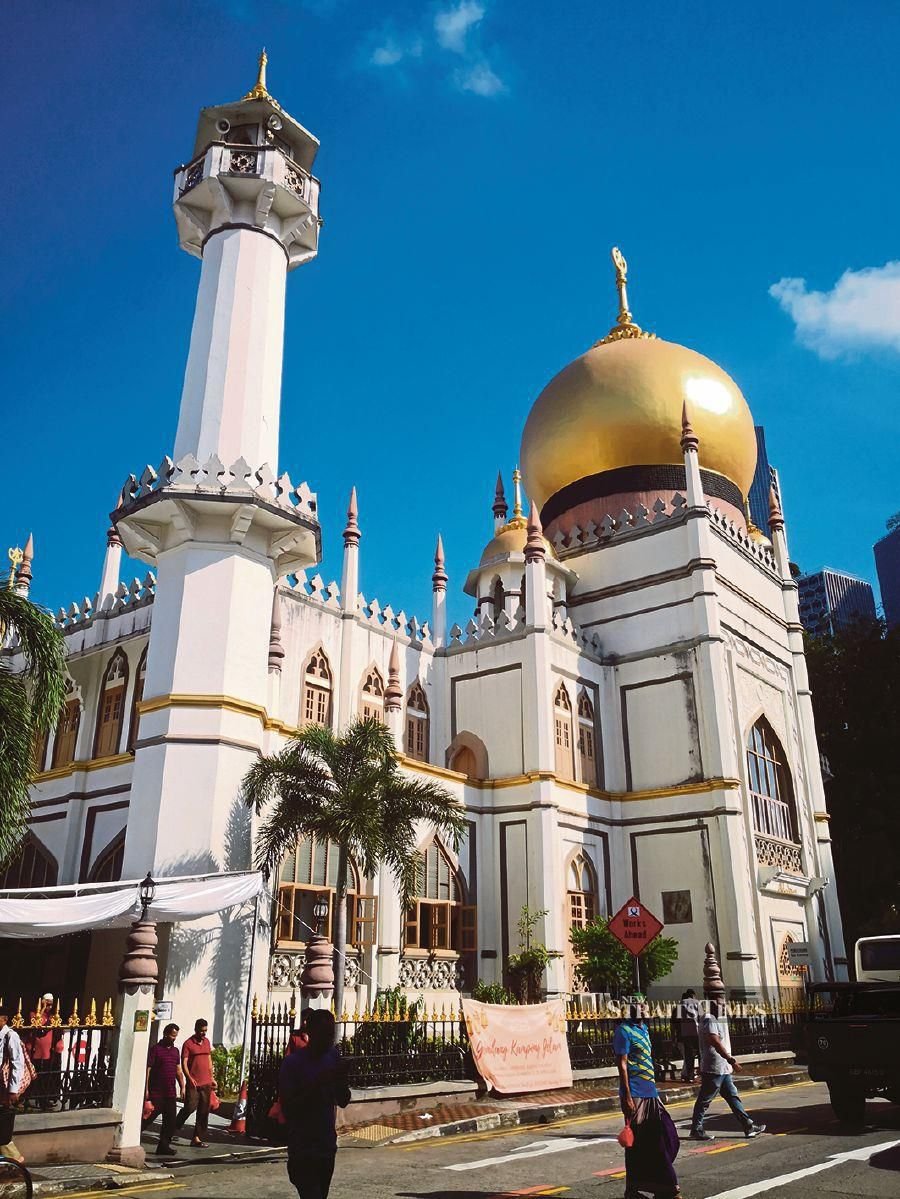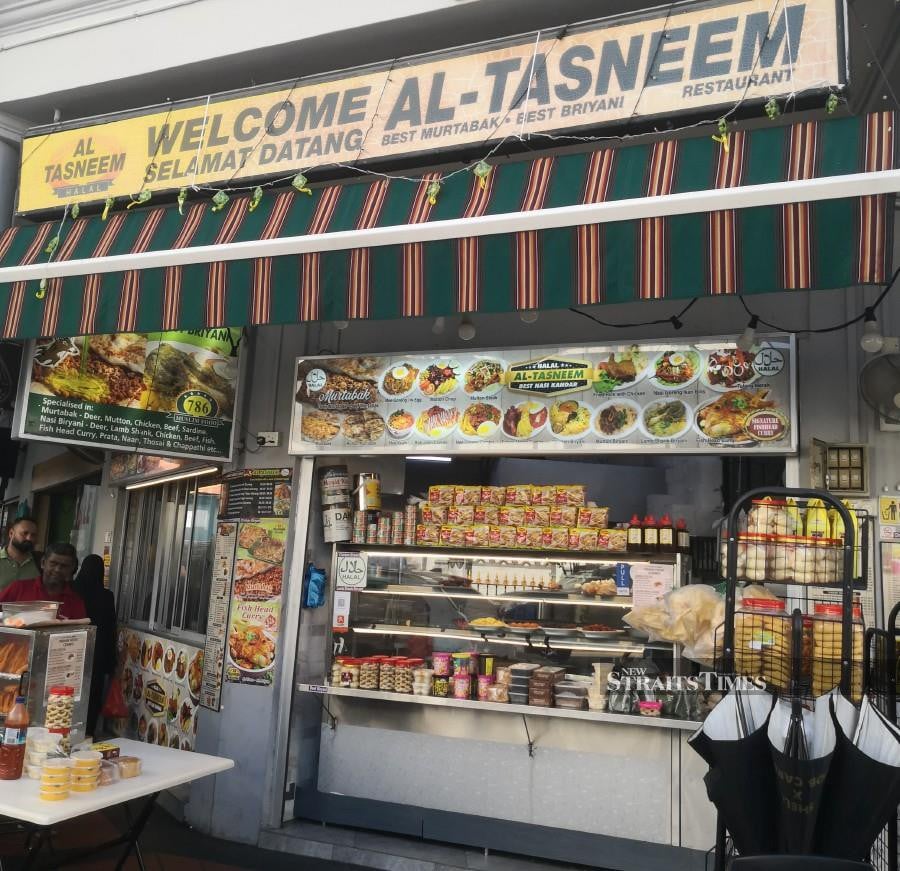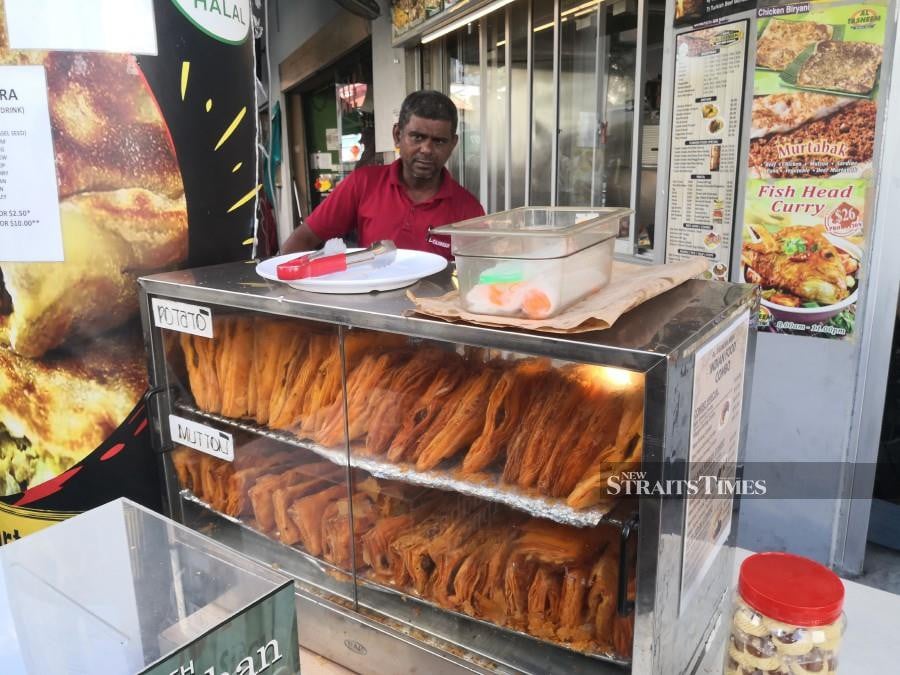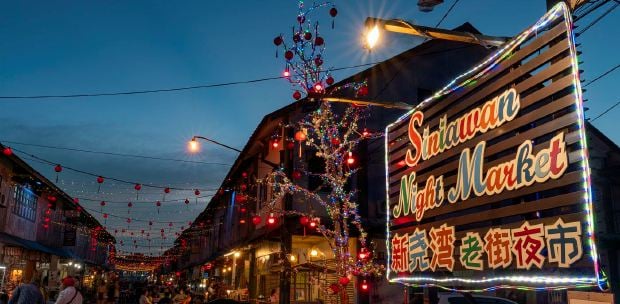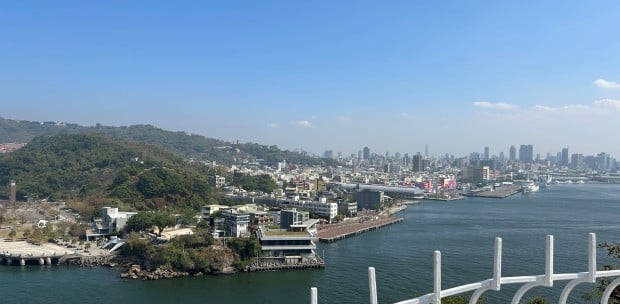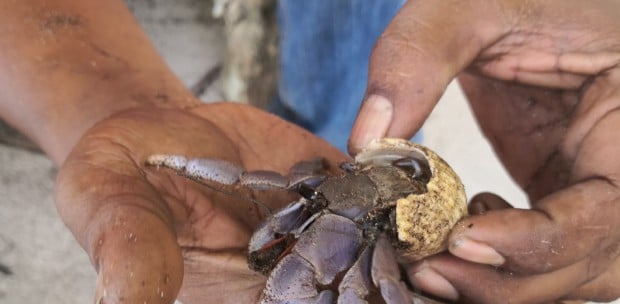"KHIR Johari? Surely that cannot be him," I mutter to myself.
In historic Kampong Gelam on the second day of Hari Raya Aidilfitri to explore its heritage trail while soaking in the festive mood, I could not believe my luck as the person standing by the Sultan Mosque entrance was indeed the celebrated writer. I have been dying to meet him ever since his immensely popular tome 'The Food of Singapore Malays: Gastronomic Travels' through the Archipelago was published.
The day turns out to be much better than I had expected when Khir, despite his hectic Hari Raya schedule, volunteers to set aside time to show me around what used to be his childhood playground.
CAPITAL OF THE MALAY WORLD
Growing up in nearby Gedung Kuning, he not only enjoyed abundant opportunities exploring the buzzing streets populated by merchants, artisans and intellectuals who wielded influence shaping the Malay world then, but also developed a taste for all kinds of Malay food as well as interesting culinary productions of the Arabs, Malabarese, Gujeratis and Tamils who lived there.
Although Kampong Gelam is no longer a residential area today, these communities have left many indelible marks, from prominent landmarks and long-time businesses to vernacular place names.
Before taking our first step, Khir makes it clear not to take the gazetted conservation district at face value. Beyond the artificial Middle Eastern veneer, gentrified hipster lanes and gaudy baubles, Kampong Gelam was once the capital of Malay intellectual, political and religious life in Singapore.
Along the way, Khir effectively peels back the layers of time to reveal Kampong Gelam's original street names before they were changed as early as 1909 by the municipal authorities.
Arab Street, with its ever-bustling Middle Eastern bazaar today, was actually Kampong Jawa in the past while some local Chinese still refer to the adjacent Haji Lane as Little Javanese Street.
Likewise, a section of Bussorah Street used to be Kampong Tembaga where coppersmiths set up shop while the Banjarese diamond-cutter filled Kampong Intan has disappeared and Baghdad Street now stands in its stead.
THE PUBLISHED WORD
Pausing momentarily as if remembering something, Khir fishes out a 1953 'Hiboran' magazine and uses it to highlight fact that writers and printers in the past had contributed significantly towards cementing Kampong Gelam's position as the intellectual capital of the Malay world.
Published in Jawi by the Royal Press at the nearby North Bridge Road, the weekly not only provided readers with entertainment and lifestyle options like the latest films to hit the silver screen and the most in vogue dressing styles favoured by renowned Malay actresses then, but also contained culinary themed articles highlighting popular dishes and useful recipes.
Under the shadow of the historic Masjid Sultan, Khir points out the Royal Press' former headquarters before shifting focus to the nearby Islamic Restaurant while highlighting fact that food in Kampong Gelam was often identified by its chief architect. Case in point, is the iconic briyani house's Roti Mariam.
Said to be the brainchild of a lady named Mariam, the flatbread was originally fried with clarified butter at a back lane adjacent to the mosque. Roti Mariam became a Kampong Gelam classic when Islamic Restaurant owner Haji Abdul Rahiman offered Mariam space in his establishment so that the tasty snack could be served to guests alongside his famed 'biryani' rice.
Just a stone's throw away from the century-old 'biryani' institution is Singapore's famed 'murtabak' row. Three notable houses serving savoury flatbreads filled with meat, onions and eggs opened along this section of North Bridge Road at the turn of the 20th century. Operated by enterprising Malabaris, only Zam Zam and Victory remain opened today while Singapura has since folded.
CULINARY INCUBATOR
At Muscat Street, Khir points out the location where Phoon Huat, a famous baking equipment and ingredient wholesaler, once set up shop. At the same time, he also declares that TG Kiat, another Chinese food ingredient purveyor, also originated from Kampong Gelam. Established in 1935, this renowned flavouring essence and syrup manufacturer still supplies the ubiquitous rose syrup used by Malays to entertain guests, especially during festivals like Hari Raya.
Coming full circle to Sultan Mosque, the sight of congregants heading towards Singapore's largest and most important Islamic place of worship for zohor prayers prompts Khir to recall halcyon evenings when the cry of
the muezzin calling the faithful to prayer could also be heard simultaneously from four other nearby mosques — Masjid Hajjah Fatimah, Masjid
Malabar, Masjid Bawean and Masjid Ma'arof.
To him, that magical atmosphere became even more significant during the fasting month and Hari Raya Aidilfitri as the whole of Ramadan and the first of Syawal were central to Kampong Gelam's festive calendar.
Before bidding farewell, Khir encourages me to explore the rest of Singapore and seek out clues on the vital role played by Kampong Gelam as an incubator for many culinary creations.
To him, the ever popular 'mee rebus' is a culminating example where the gathering of people from dozens of cultures from across the Nusantara has given impetus for the genesis of not only this exquisite delicacy but also countless others.



